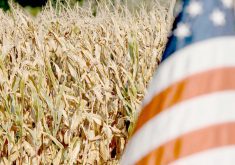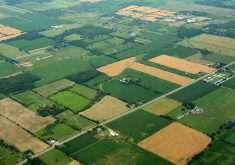HAY LAKES, Alta. – When the inspector came to Russ Severson’s bee farm this spring, the beekeeper got a wake-up call.
The inspector found “alarmingly high” nosema levels in the hives on the central Alberta bee farm.
Nosema and varroa mites are the two main pests affecting bees in Alberta hives. Alberta is the largest honey producing province in Canada, with 235,800 hives, about one-third of the bee colonies.
Poor bee health in Alberta would have a huge impact on Canada’s honey production.
Read Also

Canola oil transloading facility opens
DP World just opened its new canola oil transload facility at the Port of Vancouver. It can ship one million tonnes of the commodity per year.
Hands-on training
Last fall, Alberta Agriculture and the Alberta Beekeepers Commission launched a bee health research project to determine the health of hives and give producers hands-on training and assistance to fight the pests that kill or weaken bees.
Severson said varroa mite populations were under control in his hives but his nosema levels were the third worst among producers participating in the project.
“It put me on my toes to learn how to do the checking,” said Severson, who bought a microscope and set up a small lab in his Camrose, Alta., farm to continue checking the health of his bees.
“We’re glad we’re participating. It lets you know where you’re at,” said Severson. It costs $250 to participate in the study and Severson said it’s already returned the value five or six times over with increased bee health.
Allen Dick, a retired beekeeper from Three Hills, Alta., is just one of the inspectors hired to take bee and honey samples from participating producers’ hives that are sent back to Alberta Agriculture’s lab for testing.
In the field, he also checks for varroa mites and looks at the hive’s overall health.
















